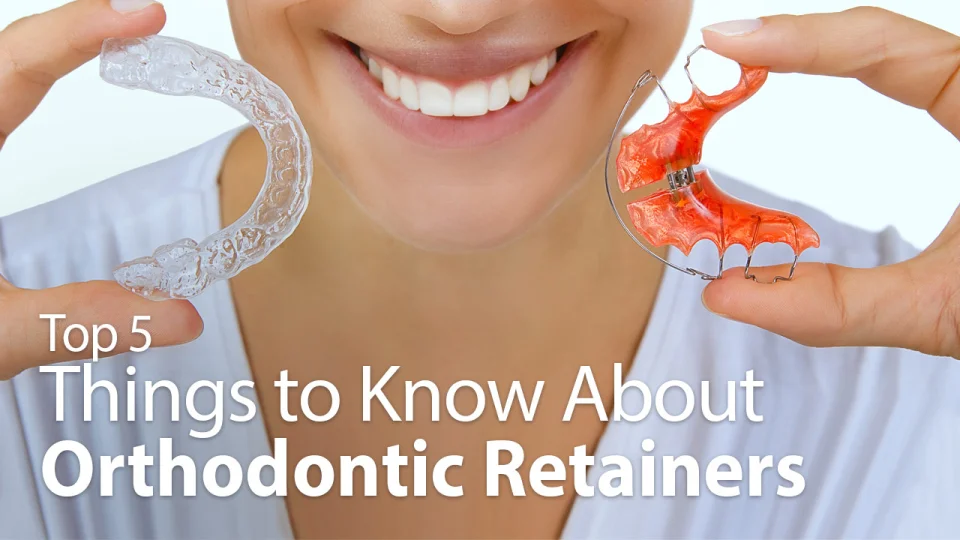Legacy Orthodontics Fundamentals Explained
Legacy Orthodontics Fundamentals Explained
Blog Article
The Main Principles Of Legacy Orthodontics
Table of ContentsSome Ideas on Legacy Orthodontics You Should KnowThe 4-Minute Rule for Legacy OrthodonticsThe 20-Second Trick For Legacy OrthodonticsSome Known Details About Legacy Orthodontics Some Known Incorrect Statements About Legacy Orthodontics
In enhancement, we supply flexible therapy timetables, versatile payment options and a fun, pleasurable experience.An orthodontist is a dental practitioner educated to diagnose, avoid, and deal with teeth and jaw irregularities. Orthodontists work with individuals of all ages, from youngsters to grownups.
Malocclusion, or misaligned teeth, can cause dental issues, including dental cavity, gum disease, and difficult or uncomfortable eating. Not every person is born with straight teeth. If you have a bad bite or big rooms in between your teeth, you might desire to consult a dentist concentrating on orthodontic care.
Not known Details About Legacy Orthodontics
( Photo Credit Score: DigitalVision/Getty Images) Orthodontists utilize taken care of and removable dental devices, like dental braces, retainers, and bands, to alter the placement of teeth in your mouth. Orthodontic therapy is for dental irregularities, consisting of: Uneven teethBite troubles, like an overbite or an underbiteCrowded teeth or teeth that are also far apartJaw misalignmentThe goal of orthodontic treatment is to improve your bite.
While you might assume of orthodontists as mostly for kids or teens that require dental braces, they can remedy dental issues at any kind of age. Orthodontists go to college, dental school, and orthodontic school.
, yet not all dental professionals are orthodontists. They concentrate on two areas: Just how to effectively and securely relocate teeth Just how to effectively assist growth in the teeth, jaw, and faceOnce an orthodontist has actually completed training, they have the option to come to be board certified.
What Does Legacy Orthodontics Mean?
Misalignment, or malocclusion, is the most typical reason people see an orthodontist. It is hereditary and is the result of size distinctions in between the upper and reduced jaw or between the jaw and teeth. Malocclusion causes tooth overcrowding, an irregular jaw, or uneven bite patterns. Malocclusion is typically treated with: Your orthodontist connects metal, ceramic, or plastic square bonds to your teeth.
If you have only small malocclusion, you might be able to make use of clear dental braces, called aligners, as opposed to standard dental braces (https://sketchfab.com/legacyortho). Some people need a headwear to aid move teeth right into line with pressure from outside the mouth. After braces or aligners, you'll need to use a retainer. A retainer is a customized tool that keeps your teeth in position.
They're usually used on kids. They can create extra space in the mouth without having to draw teeth. If you have a major underbite or overbite, you may need orthognathic surgical procedure (likewise called orthodontic surgery) to lengthen or reduce your jaw. Orthodontists utilize cables, surgical screws, or plates to sustain your jaw bone.
You might require to see an orthodontist if you have: Crowding or otherwise enough room for all of your teethOverbite, when your upper teeth come your base teethUnderbite, when your bottom teeth are also much forwardSpacing or problems with gapsCrossbite, which is when your top teeth fit behind your bottom teeth when your mouth is closedOpen bite or a vertical void between your front bottom and top teethMisplaced midline, when the facility of your base and upper teeth do not line up Fixing an oral malocclusion can: Make biting, eating, and talking easierImprove the balance of our face and your total appearanceEase pain from temporomandibular joint problemsDifferent your teeth and make them much easier to cleanse, helping prevent tooth decay or cavities It's frequently a dental expert that first notices misaligned teeth during a routine exam.
The Of Legacy Orthodontics

During your first orthodontic assessment, you'll likely have: A dental examPhotos taken of your face and smileDental X-raysPanoramic (360 degree) X-rays of your face and headImpressions top article to produce molds of your teethThese examinations will aid your orthodontist understand exactly how to continue with your therapy. braces. An orthodontist is a dental practitioner who's had training to treat your teeth and jaw
An orthodontist is focused on your bite, so something like a cracked tooth would be dealt with by a dental professional. Orthodontists are concentrated on your bite, or the method your teeth fit together, and the straightness of your teeth.
Ever before questioned how stars constantly seem to have completely straightened teeth? Orthodontists are dental professionals who focus on remedying irregularities in the teeth and jaws.
The Definitive Guide to Legacy Orthodontics

While braces are one of the most typically identified orthodontic therapy, orthodontists have a diverse toolkit at their disposal. The certain approach selected relies on the extent of the case, the person's age, and private preferences. These tried-and-true braces make use of a system of brackets adhered to the teeth and connected by cables.
These removable trays are tailor-made to considerably move the teeth's position. In situations of narrow jaws, palatal expanders can be made use of to create space for proper tooth placement.
Report this page